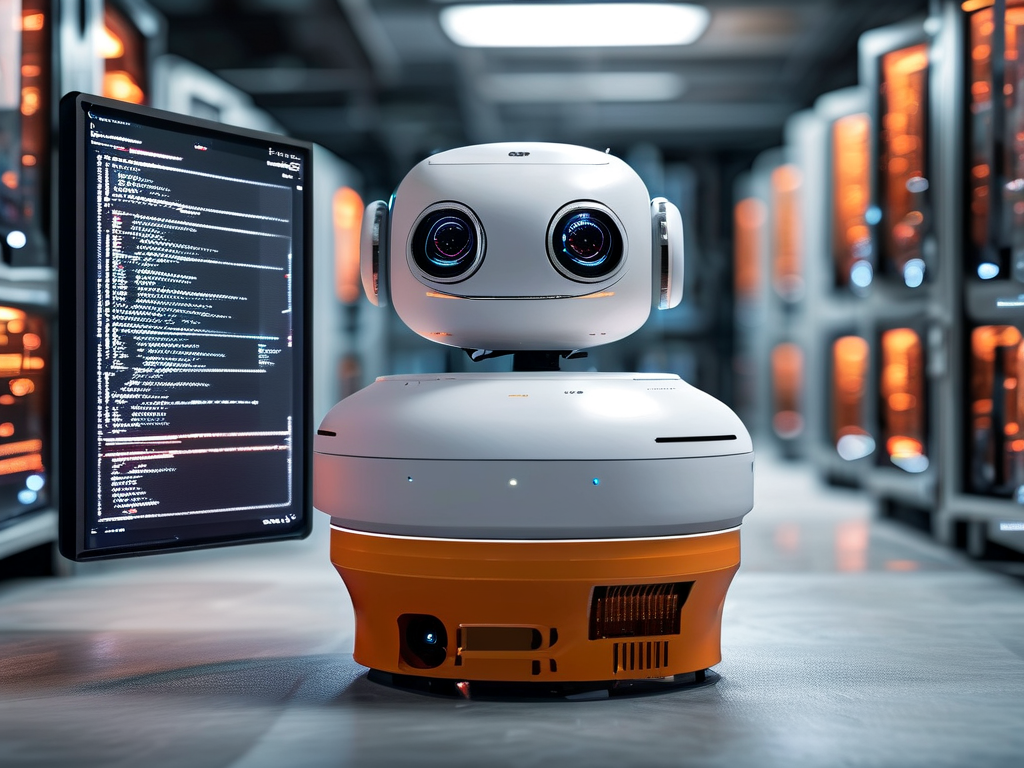The morning humidity clung to my laptop screen as I walked into the lab on my first day as an embedded software development intern. Little did I know that the next twelve weeks would transform my theoretical knowledge into practical wisdom through debugging sessions, coffee-stained circuit diagrams, and countless iterations of firmware code.

Environment Setup Challenges
My initial task involved configuring an STM32 development environment using Keil MDK-ARM. The official documentation suggested it would take "15 minutes," but reality had other plans. After three hours of wrestling with driver installations and license activation errors, I discovered the importance of checking Windows Defender exceptions for development tools. This early lesson taught me that embedded development often requires blending software precision with system-level awareness.
A memorable moment came when my supervisor handed me a sensor module with incomplete datasheets. "Make it talk to the main controller," he said. Through oscilloscope analysis and I²C protocol sniffing, I reverse-engineered the communication pattern. The breakthrough came when I implemented this bare-metal driver snippet:
void Sensor_Init(I2C_HandleTypeDef *hi2c) {
uint8_t config_cmd[2] = {0x20, 0x4F}; // Mystery register settings
HAL_I2C_Master_Transmit(hi2c, SENSOR_ADDR, config_cmd, 2, 100);
}
Real-Time Operating System Integration
Week four introduced me to FreeRTOS integration for a multi-sensor data acquisition system. Creating tasks with proper priorities became crucial when our initial implementation caused sporadic data loss. Through trial and error, I learned to:
- Calculate stack sizes using uxTaskGetStackHighWaterMark()
- Use binary semaphores for sensor synchronization
- Implement watchdog timers for fault recovery
The project took an unexpected turn when we discovered electrical noise affecting ADC readings. Collaborating with hardware engineers, we developed a software-based solution using moving average filters combined with hardware modifications:
#define SAMPLE_WINDOW 16
uint16_t filtered_ADC_read(ADC_HandleTypeDef* hadc) {
static uint16_t buffer[SAMPLE_WINDOW];
static uint8_t index = 0;
buffer[index] = HAL_ADC_GetValue(hadc);
index = (index + 1) % SAMPLE_WINDOW;
uint32_t sum = 0;
for(uint8_t i=0; i<SAMPLE_WINDOW; i++) {
sum += buffer[i];
}
return (uint16_t)(sum/SAMPLE_WINDOW);
}
Version Control Discipline
Mid-internship, a failed firmware update taught our team the importance of version control. We transitioned from ad-hoc backups to a structured Git workflow using feature branches and semantic versioning. Implementing CI/CD pipelines with Jenkins automated our build verification process, reducing integration errors by 40%.
Final Project: Smart Irrigation Controller
For my capstone project, I developed an energy-efficient irrigation controller using STM32L4 and LoRaWAN. Key achievements included:
- Achieving 2μA sleep current through clock gating
- Implementing weather forecast integration via MQTT
- Creating a fail-safe mechanism using backup registers
The most satisfying moment came when field testing revealed our system reduced water usage by 35% compared to traditional timers.
Lessons Learned
- Documentation Hygiene: Maintain detailed comments – future-you will be grateful
- Hardware-Software Interface: Always validate electrical characteristics before coding
- Debugging Mindset: 70% of embedded development is forensic analysis
This internship revealed that embedded systems development is less about writing perfect code and more about crafting resilient solutions that bridge the digital and physical worlds. The experience solidified my passion for low-level programming while teaching me the value of cross-disciplinary collaboration. For aspiring embedded developers, my advice is simple: Embrace the oscilloscope, master your debugger, and never underestimate the power of a well-placed LED indicator.









